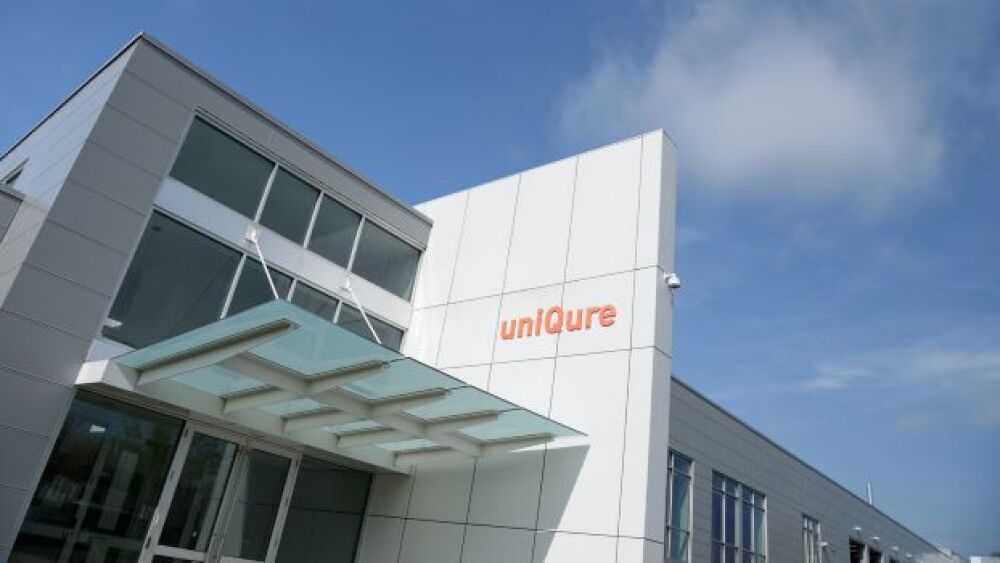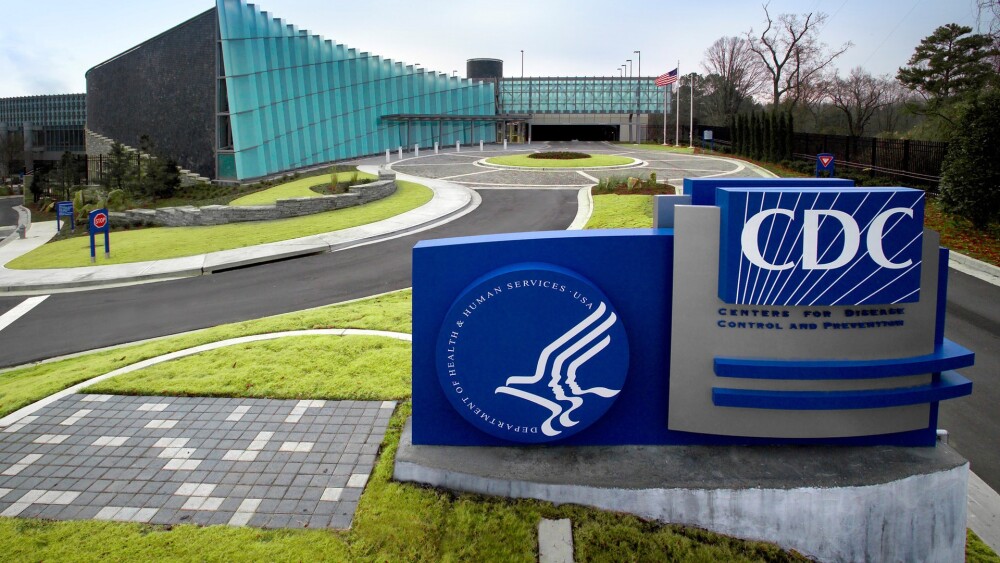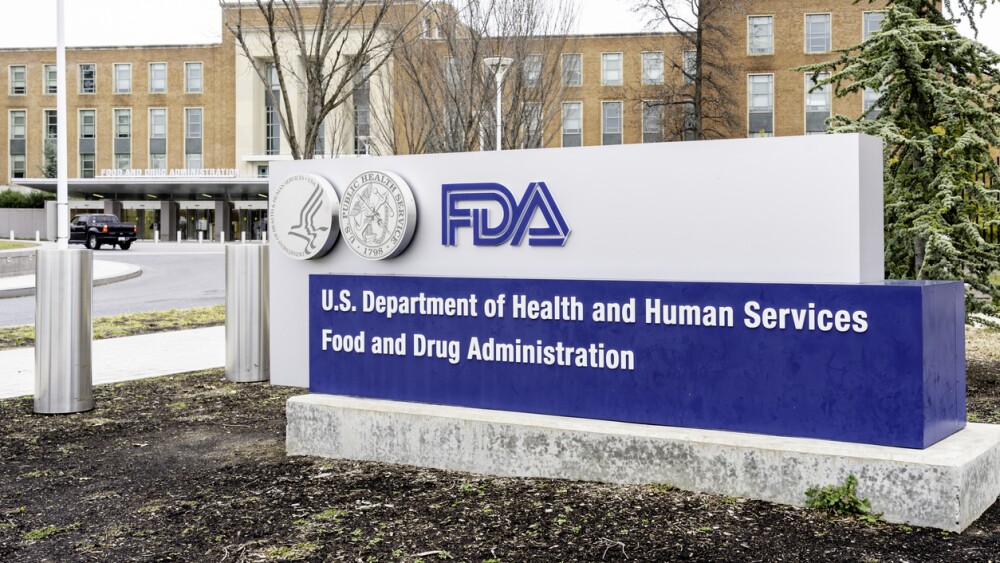Johnson & Johnson’s $23.7 billion in second-quarter earnings, driven by cancer and neuroscience drugs, exceeded analyst expectations, while CEO Joaquin Duato set a target of $50 billion in oncology sales by 2030.
Johnson & Johnson’s oncology and neuroscience units more than offset pressures on other parts of the business to drive medicine sales up 4.9%, the company reported Wednesday morning, with CEO Joaquin Duato setting an ambitious five-year target for the oncology division.
The New Jersey–based pharma posted global sales of $23.7 billion and diluted earnings per share of $2.29. J&J’s medicine unit accounted for $15.2 billion of the sales, with medtech products contributing the other $8.5 billion. Both units beat the consensus estimate of analysts, Leerink Partners analysts said in a note to investors Wednesday morning, with medicine sales coming in 4% above expectations.
Medicines and devices both contributed to the beat-and-raise quarter. Jennifer Taubert, worldwide chairman, innovative medicine at J&J, said on an investor call Wednesday morning that a broad set of products drove the pharma unit’s growth.
“If you take a look at the 90% of our business that is not Stelara, we actually had extraordinarily robust growth of 15.5%, really demonstrating the strength across our portfolio,” Taubert said. “We had 13 brands that were growing double digits.”
Oncology and neuroscience were the standout performers. In oncology, J&J reported 24% growth, fueled by market share gains for multiple myeloma blockbuster Darzalex, prostate cancer drug Erleada and CAR T cell therapy Carvykti. J&J named the launches of the bispecific antibodies Tecvayli, Talvey and Rybrevant as additional growth drivers.
The company aims to grow oncology sales to $50 billion by 2030, Duato said on the call. J&J’s forecast is at least three times above the 2028 consensus, Taubert said, naming bladder cancer candidate TAR-200 as the asset with “the biggest disconnect between our internal forecasts and what the Street expects.”
In neuroscience, rising demand for the depression drug Spravato helped J&J grow sales by 15.1% on a reported basis. The company grew neuroscience sales despite the Medicare Part D redesign and an unfavorable patient mix depressing sales of drugs including the atypical antipsychotic Invega Sustenna.
In its Q2 presentation, J&J cited the Part D redesign as a headwind to multiple products, including its inflammatory disease drug Stelara. With Stelara also facing biosimilar competition, J&J said the product had an approximately 1,170 basis points (11.7%) impact on growth. Falling Stelara sales more than offset the growth of Tremfya and Simponi, causing immunology sales to fall 15.4%.
The company expects Stelara biosimilar competition to accelerate in the second half of the year. Despite mounting pressure on the inflammatory disease drug, J&J raised its estimated reported sales growth for the full year. Previously, J&J forecast growth of 2.6% to 3.6%. Now, the company is targeting reported growth of 5.1% to 5.6% based on its strong performance in the quarter, CEO Joaquin Duato said on an investor call Wednesday morning. The change added $2 billion to the midpoint of J&J’s full-year sales estimate.
Editor’s note: This story was updated with additional commentary from J&J’s earnings call.






